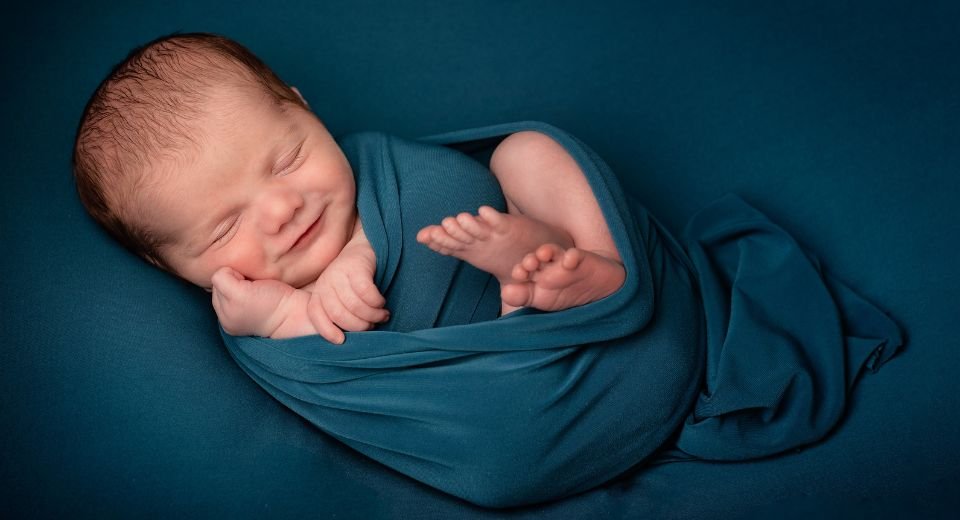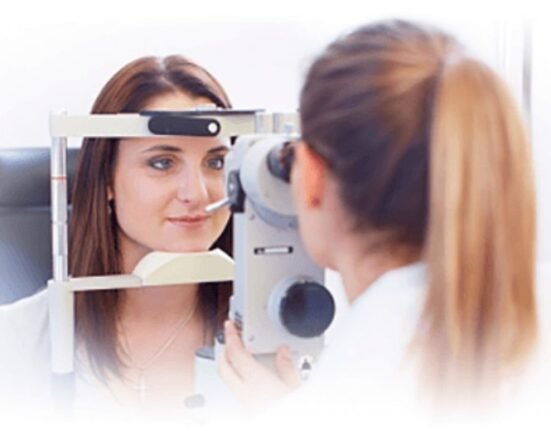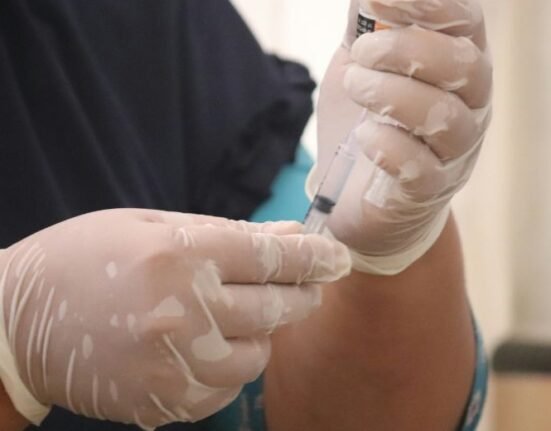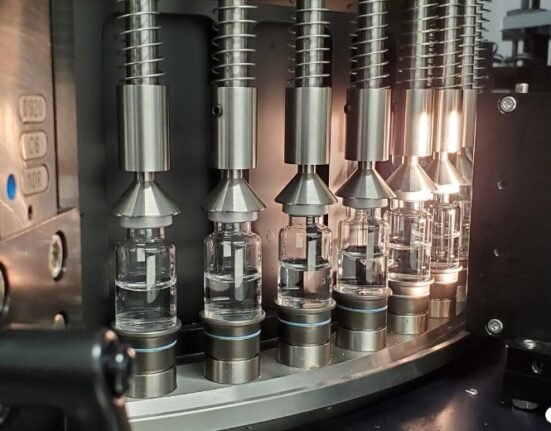HQ Team
May 12, 2023: About five children were born in the UK using a three-person in vitro fertilization procedure, to reduce the risk of mothers passing hereditary diseases to their babies, according to the county’s health regulator.
The procedure involves three people – a mother, a father, and a donor. The mother and father make up over 99% of the child with the donor contributing under 1%.
Less than five live births have been recorded following mitochondrial transfer procedures — eight years after the UK became the first nation to regulate the procedure.
“This data is accurate as of 20 April 2023,” according to an emailed statement from the Human Fertilization and Embryology Authority (HFEA).
Mitochondria mutations
The technique was legalized in the UK in 2015. It was intended to stop the inheritance of serious health conditions caused by mutations of mitochondria.
The mutations often affect the heart, brain, and muscles.
Mitochondria are membrane-bound cell organelles that generate most of the chemical energy needed to power the cell’s biochemical reactions.
Chemical energy produced by the mitochondria is stored in a small molecule called adenosine triphosphate.
The IVF procedure moves nuclear genetic material from an egg or single-cell embryo with disease-causing mitochondria to a donor egg or embryo that has had its nuclear genetic material removed.
Confidentiality
Data provided is from a live register and may not match data provided in previous requests or published elsewhere, according to the email statement.
The HFEA didn’t disclose any further details. According to the authority, furnishing more details or specific details “could lead to the identification of a person to whom the HFEA owes a duty of confidentiality.”
“Mitochondrial donation treatment offers families with severe inherited mitochondrial illness the possibility of a healthy child,” said Peter Thompson, HFEA Chief Executive.
“The HFEA oversees a robust framework ensuring that mitochondrial donation is provided safely and ethically.
“All applications for treatment are assessed on an individual basis against the tests set out in the law and only after independent advice from experts,“ he said.
Treatment details ‘shortly’
These are still early days for mitochondrial donation treatment and the HFEA continues to review clinical and scientific developments.
“We understand that the team at Newcastle hopes to publish information about their mitochondrial treatment programme in peer-reviewed journals shortly,” he said.
As of 10 May 2023, 32 patients have been given approval for mitochondrial donation treatment by the HFEA Statutory Approvals Committee on an individual case-by-case basis where there are no other options for the families involved and in strict accordance with the law.
High-risk category
Only people who are at a very high risk of passing a serious mitochondrial disease on to their children are eligible for treatment.
The UK Parliament has approved two techniques for mitochondrial donation: maternal spindle transfer and pronuclear transfer.
In both techniques, eggs or embryos are created using your nuclear genetic material and healthy donated mitochondria.
Currently, only Newcastle Fertility Centre at Life has a license to conduct research and treat patients using mitochondrial donation techniques. About one in 200 children in the UK is born with a mitochondrial disorder.
The UK requires every woman undergoing the treatment to receive approval from the HFEA.








